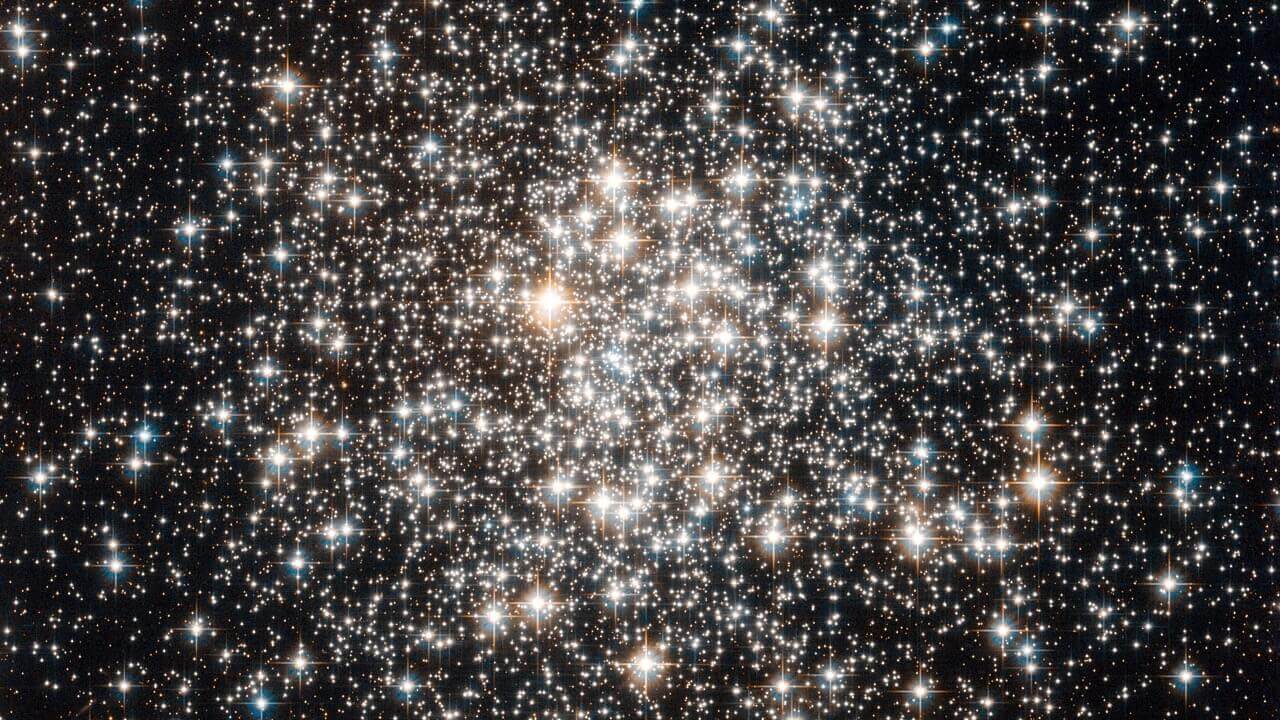
Having sailed around the world, having seen Earth from space, we can be fairly sure that Earth is not flat.
* * *
The middle "star" in The Hunter's dagger is not a star at all. Binoculars, held steady (elbows braced on a railing, table, truck door), reveal the middle "star" as a glowing cloud of gas and dust: The Orion Nebula ("nebula" from the Latin for "cloud"). A small telescope reveals more: some parts of the nebula glow brighter than others; and, within one of the brighter regions, a cluster of baby stars.
Were you following this:
Watching an Interstellar 'Christmas Comet' and Hoping for a Bang - The New York Times

After drifting between stars for eons, Comet 2I/Borisov will make its closest approach to Earth on Dec. 28. The comet is only the second confirmed interstellar object to be observed in our solar system, after Oumuamua in 2017. During the comet's close approach, it will be about 180 million miles away from us, which at that point will be farther away than Mars.
Unfortunately for sky gazers hoping to catch a glance of this year's " Christmas comet ," it will be very difficult to see, though you can try.
26 mind-blowing discoveries and breakthroughs in space in 2019 - Business Insider
Photos captured phenomena nobody had ever seen before. Ambitious spacecraft revealed new secrets about the sun and the edges of our solar system . Astronomers spotted the brightest light in the universe, found new planets circling distant stars, and detected a collision between a black hole and a neutron star that warped the fabric of space-time.
* * *
After New Horizons flew past Pluto in July 2015 , its long journey to the edge of our solar system took it to a distant space rock nicknamed Arrokoth. The probe snapped hundreds of photographs as it flew by the space rock at 32,200 miles per hour on New Year's Day.
4 Trends in Solar Energy for 2020 | Earth911.com

There is now enough installed solar energy capacity in the U.S. to power 13.5 million homes, and this amount is expected to double in the next five years. The solar energy industry is part of a very dynamic market. Many factors — including government policies, fossil fuel costs, solar energy technology advances, commodity prices, and even public awareness of the climate crisis — impact solar energy deployment across the globe.
What’s in store for the next year? Let's explore some trends in solar energy to better understand what is on tap for 2020.
Were you following this:
How 'The Nutcracker' Choreographer Inspired the Name of Mercury's Tutu-Like Crater | Space

It all starts with NASA's MErcury Surface, Space ENvironment, GEochemistry, and Ranging spacecraft, or MESSENGER . The mission team, which launched in 2004 and ended operations in 2015, chose to name Mercury's craters after deceased artists, composers, or writers. Names were chosen by team members or selected from public contests by the International Astronomical Union , which oversees the official names of astronomical objects..
Here Are the Stars the Voyager and Pioneer Spacecraft Will Visit in the Next Million Years

Humans are nowhere near an interstellar species. No Zefram Cochrane has emerged to make warp drive practical. No alien protomolecule has erected a gate to other solar systems at the edge of our own. In this particular reality-based space opera, humans have yet to travel beyond the moon, and getting to Mars is likely still years away (at least).
Yet, even as we speak, there are five spacecraft of Earthly origins bound for the stars. The two Voyager spacecraft and the pair of Pioneer spacecraft launched in the 1970s have achieved escape velocity out of the solar system. They'll be joined in their interstellar voyage by the New Horizons spacecraft, which was launched in 2006 and flew by Pluto in 2015.
Lakeview going solar | News, Sports, Jobs - Marshall Independent

Photo by Deb Gau In an effort to reduce utility costs, the Lakeview school district will be starting on a new project — its own solar system that will generate electricity and energy credits for the district. Lakeview Superintendent Chris Fenske said the solar project, approved by the Lakeview School Board earlier this month, will be built on the Lakeview School property in Cottonwood.
COTTONWOOD — They’ve put a lot of work into trying to save energy at Lakeview School, Superintendent Chris Fenske said. In recent years, Lakeview has switched over to more efficient LED light bulbs and even installed solar panels on the roof of the school building. But when faced with increasing electrical costs, school officials were looking for more savings.
Diving and driving on icy moons: One strategy for exploring Enceladus and Europa - SpaceNews.com

Over the past 60 years, NASA has explored the solar system from the sun to the Kuiper belt. While many of these missions, especially those beyond Saturn, have been one-shot flybys (such as the Voyagers and recently New Horizons), others have charted many of the moons of Jupiter and Saturn extensively by repeated orbital passes.
There are a variety of missions under consideration for these moons, the most immediate of which is the Europa Clipper, currently slated for launch in 2025. But this mission, to be managed by NASA's Jet Propulsion Laboratory (JPL) and Johns Hopkins University, is another orbiter, and will not be sporting a lander. However, actually getting down and searching the interior oceans of these moons directly is far trickier.

No comments:
Post a Comment